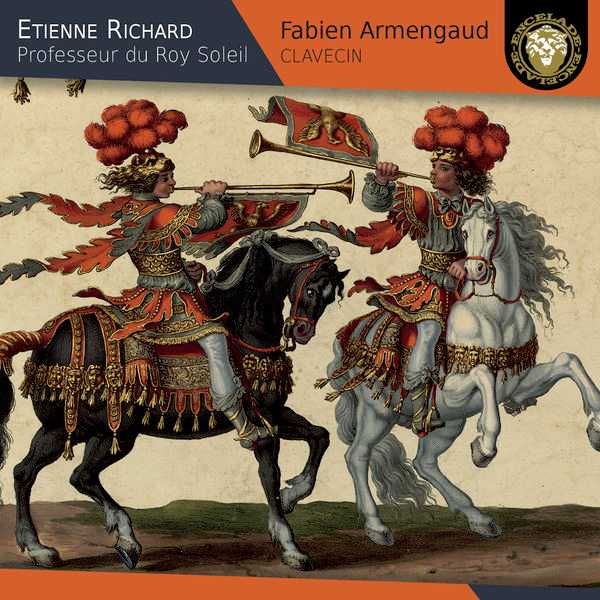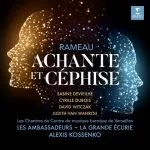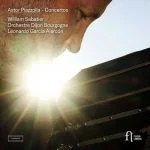

Composer: Etienne Richard
Performer: Fabien Armengaud
Format: FLAC (tracks)
Label: L’Encelade
Release: 2021
Size: 1.43 GB
Recovery: +3%
Scan: yes
Suite en ré
01. Prélude
02. Allemande
03. Allemande (—)
04. Courante
05. Sarabande
06. La Polonnoise
Suite en la
07. Prélude
08. Allemande
09. Courante
10. Courante & double
11. Sarabande
12. Gavotte
13. Double de la gavotte
14. Pavane
15. Passacaille Del Seigr. Louigi
Suite en ré
16. Allemande
17. Courante I
18. Courante II
19. Courante III
20. Sarabande
21. Gigue
Suite en sol
22. Allemande
23. Courante
24. Sarabande
25. Double
26. Gigue
27. Allemande
28. Gigue
Suite en do
29. Allemande
30. Courante
31. Courante
32. Sarabande
33. Sarabande
34. Sarabande
35. Passacaille
Nostalgia for the Ancien Régime has been growing in recent years among the very rich pool of French and foreign musicians. While music was one of the most important instruments of the power of the absolute monarchy in France, it was also highly appreciated at all levels of the state and aristocracy, starting with the sovereigns themselves. The young Louis XIV was an excellent dancer and also excelled at playing the harpsichord.
From this starting point, Fabien Armengaud has built this interesting album. It follows in the footsteps of Étienne Richard, composer, instrumentalist and, subject of this publication. He was also a teacher of the nineteen-year-old king, who, it seems, greatly admired his master. The three Suites by Étienne Richard are flanked here by contemporary pieces from the same manuscript deposited at the Bibliothèque Nationale.
This album was played on an Alain Anselm harpsichord, built in 2014 in the spirit of late seventeenth-century French craftsmanship (at 392 Hz and tuned in a meantone temperament). The manuscript also contains a smattering of pieces by Chabanceau de La Barre, Marin Marais, Jacques Hardel, Louis Couperin, Luigi Rossi and some others. Fabien Armengaud sums it up: “To conclude”, he writes in the notes of the libretto, “I will not say that Richard is a small or obscure master. The originality of his preludes, the touching poetry of his allemandes, the classically elegant stature of his courantes, the melancholy of his sarabandes, his enigmatic gigue in 4/4, all suggest to me that he was a leading master who is entirely worthy of his place on the Parnassus of the French harpsichord”.



